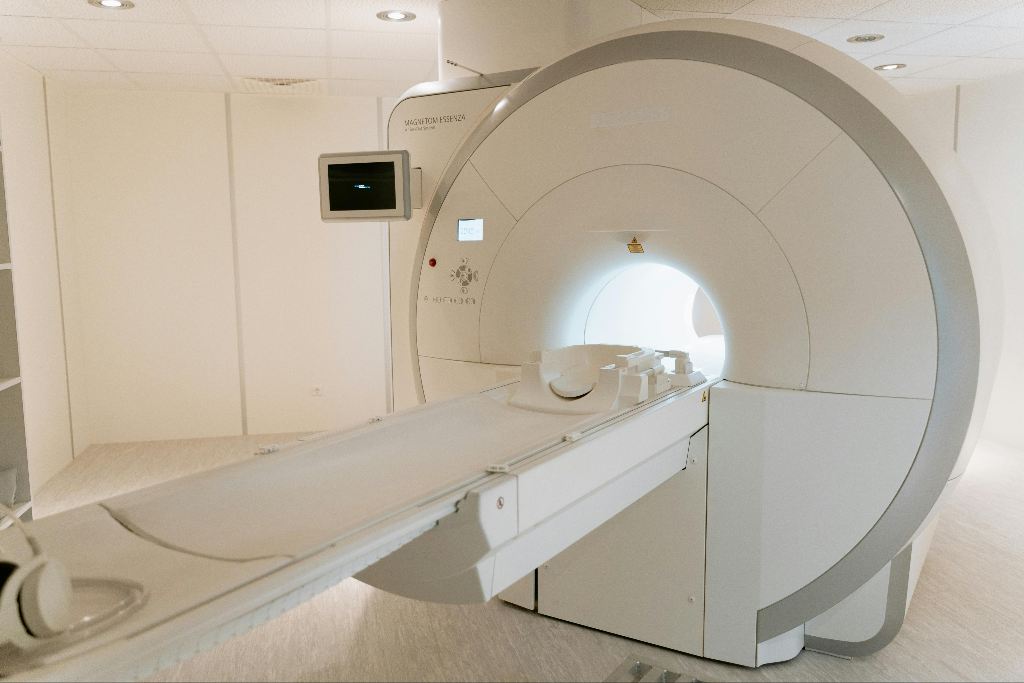Pain or pressure in your head can be very frustrating, and it can be minor or severe, but nonetheless disruptive to your day. A painful headache could be just that, a headache, or it could be a migraine.
Knowing the difference between headaches and migraines is helpful for treating the specific symptoms of each. Headaches after a car accident could be a warning sign of something much worse. No matter the cause, working with a neurologist in Atlanta can you get you faster, more efficient relief or even prevention of future headaches.
If your headaches are bad enough, you may be wondering how to tell the difference between a headache or a migraine. Here are some factors that can help you determine whether or not you are suffering from a headache or a migraine.
4 Types Of Headaches
A key sign of a headache is pain or pressure, usually on both sides of the head. Sometimes, headaches can occur in more specific locations such as the forehead, behind the eyes, back of the neck, or temples. Other times, it can feel as if your whole head is in pain. This pain or pressure can range from mild to severe.
Tension Headaches
Headaches can vary from lasting just 30 minutes to lasting an entire week. There are also specific types of headaches. The most common one is known as a tension headache. It is usually brought on by muscle tension, stress, or anxiety.
Cluster Headaches
Cluster headaches can affect your ability to go about daily tasks. Cluster headaches come in clusters, as their name suggests, and often occur on just one side of the head. These come in a cycle of headache, feeling pain-free, headache, being pain-free again, and so on.
Sinus Headaches
Sinus headaches are ones that occur because of pressure build-up in the sinuses. They are usually accompanied by cold-like symptoms such as cough, stuffy nose, or congestion.
Chiari Headaches
Some other lesser-known types include a thunderclap and a Chiari headache. A Chiari headache is caused by a malformation to the Chiari which causes the skull to press up against the brain and leads to head pain. A thunderclap headache is severe and comes on in 60 seconds or less. This could be a sign of a serious health condition such as a subarachnoid hemorrhage, aneurysm or stroke. Seek medical attention right away if you suffer from this type of headache.
Migraines VS Headache: Symptoms
Migraines have specific symptoms that set them apart from a typical headache. They are often more severe than headaches and can feel more intense.
Some symptoms of migraine pain can include nausea, seeing spots or lights, vision loss, vomiting, intense pain in temples or behind one eye or ear, or sensitivity to light or sound. Migraine pain is usually labeled as moderate to severe. Some migraine pain can be so intense that it requires a visit to the ER or urgent care to bring about relief in order to function.
Most migraine pain will affect just one side of the head, although some people suffer from pain on both sides. Migraine pain has also been described as a throbbing pain that can be so debilitating that it makes performing daily tasks almost impossible.
There are two types of migraines: with and without aura. A migraine with an aura describes a sensation that accompanies a migraine such as wavy lines, flashing lights, an unusual smell, or a tingling sensation in the face or extremities. A migraine without an aura is as it sounds one that comes on without any added vision effects or sensations.
Some symptoms can manifest themselves a day or two before a migraine, alerting one to the possible onset. These symptoms can include constipation, yawning, neck stiffness, irritability, food cravings, or depression.
Examining the symptoms of your head pain and recognizing the difference between different types of pressure and pain can be very helpful in treating pain and help you distinguish between headache pain vs migraine pain. If you are plagued by headache pain of any kind, you don’t have to live in fear of the onset of this pain.
AICA Orthopedics specialists can help diagnose and treat your pain to bring about much-desired relief as well as work towards treatment and prevention. Call us today to find out more about how to alleviate your headache pain once and for all and improve your overall quality of life.





